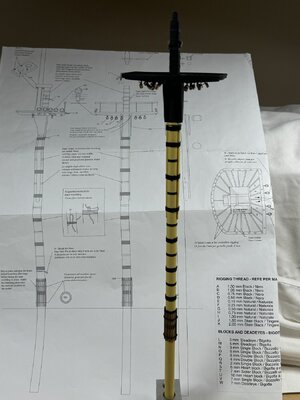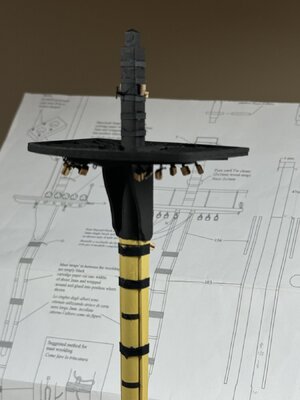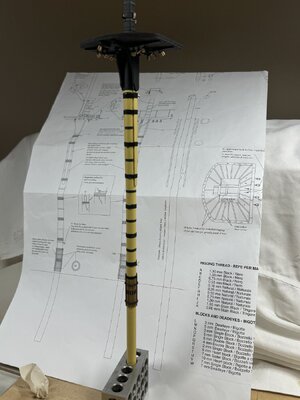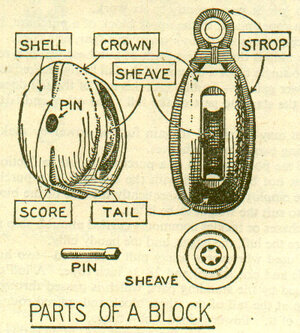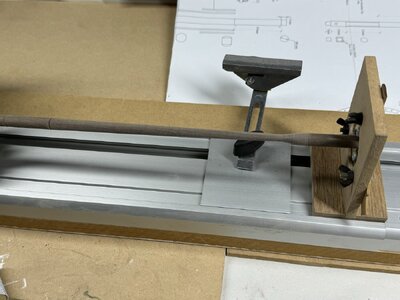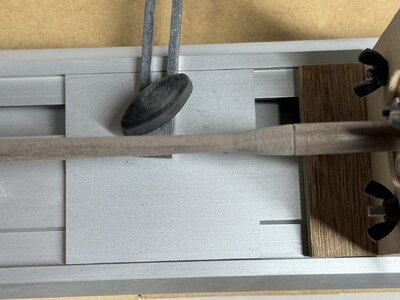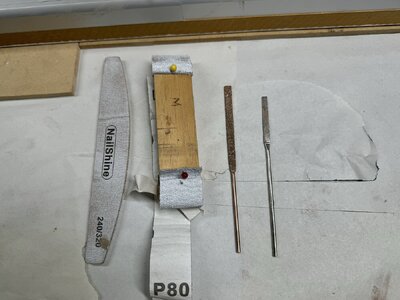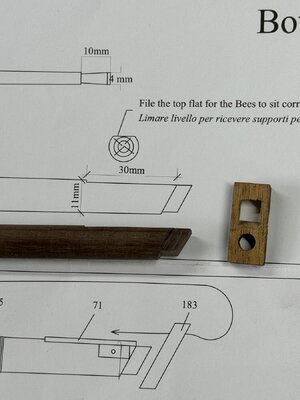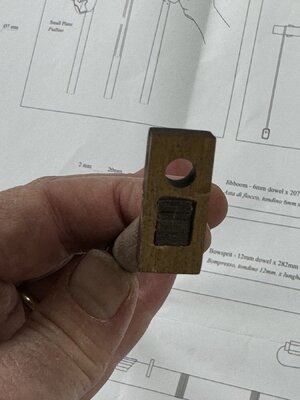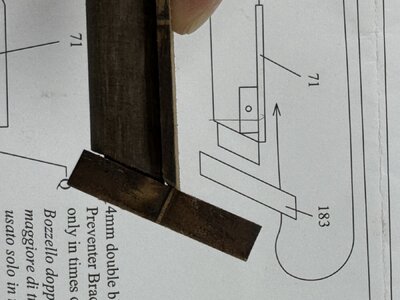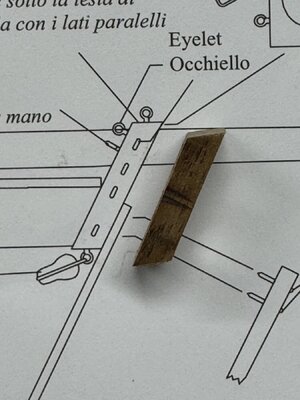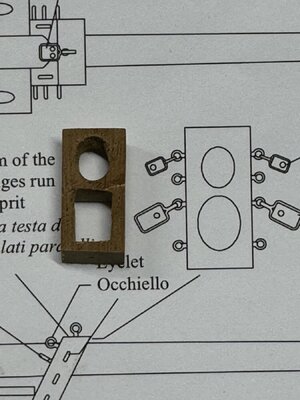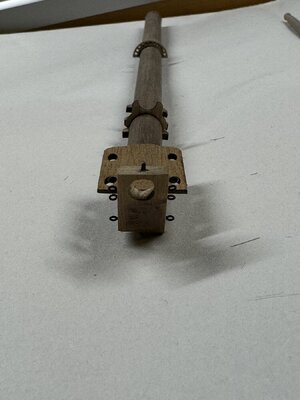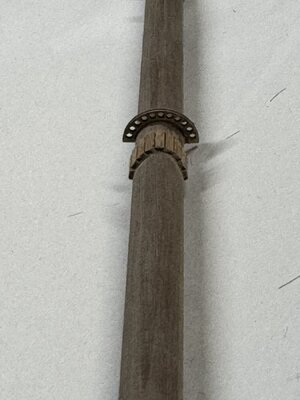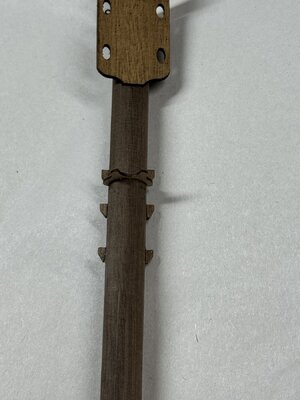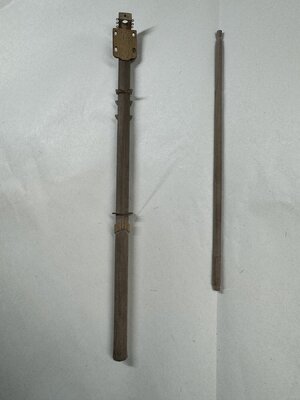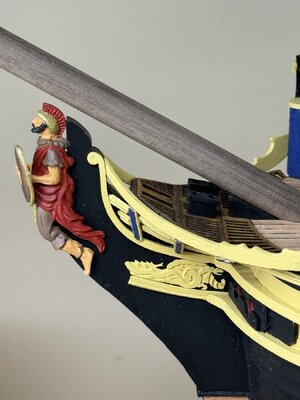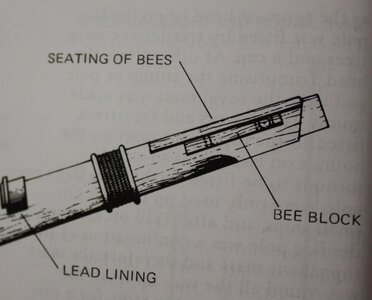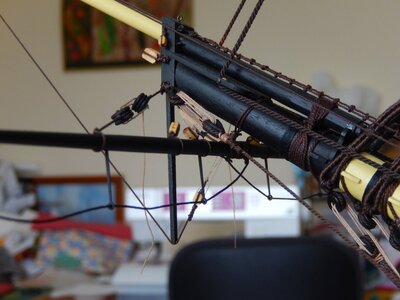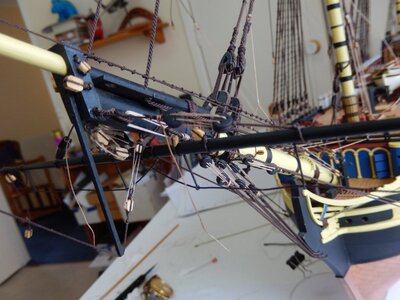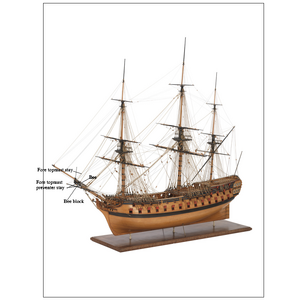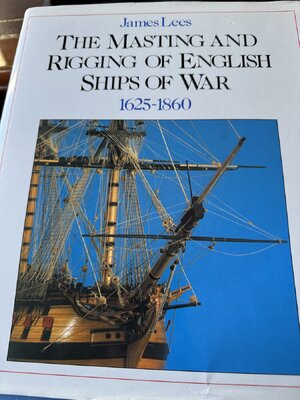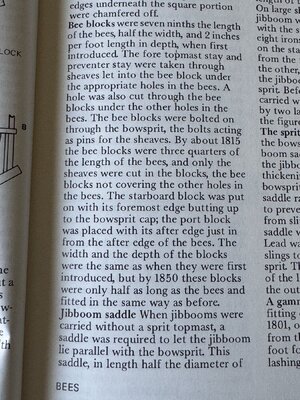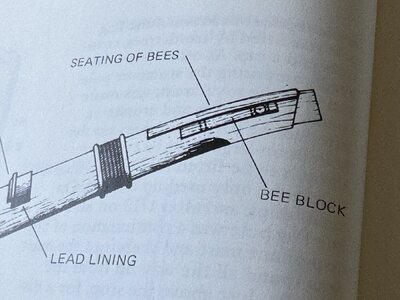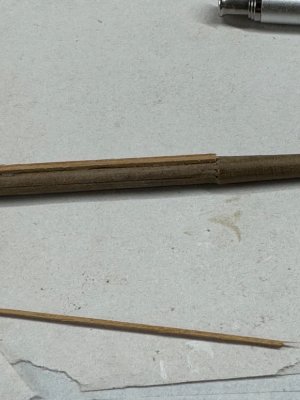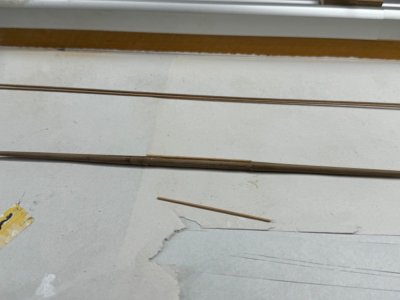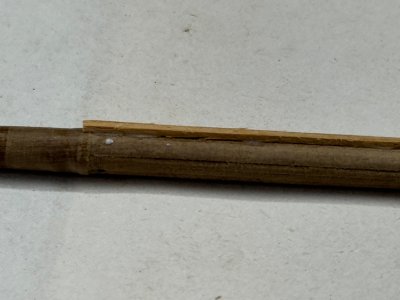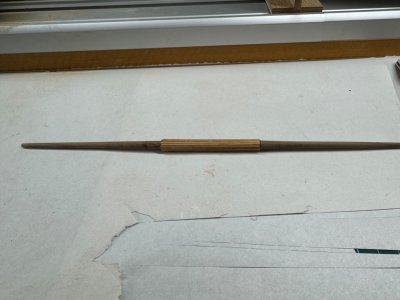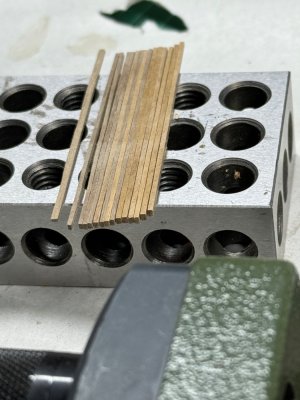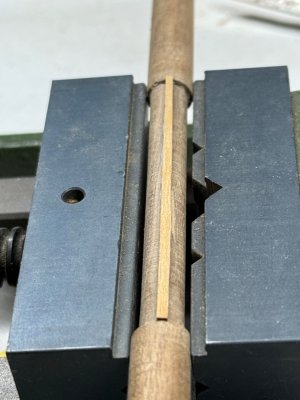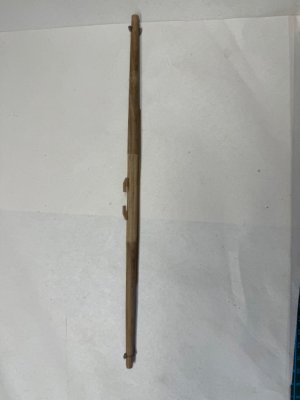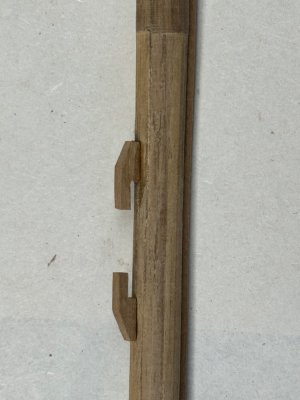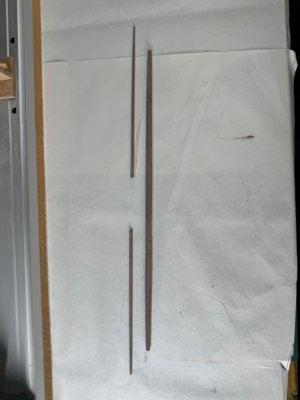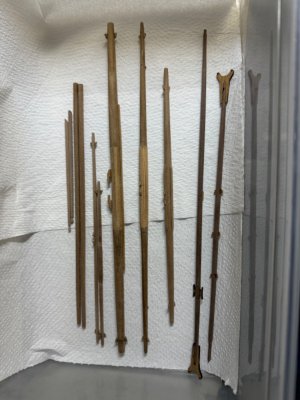Very impressive, very difficult work and a lot of patience.View attachment 460472View attachment 460473View attachment 460474View attachment 460475View attachment 460476View attachment 460477Making the top mast and top gallant for the main mast.
Some thoughts and reflections.
The lower ends have hex and square sections which initially I did first with the micro-mill but when the time came to use the lathe to taper the mast it was harder to secure the mast evenly in the chuck. I ended up breaking two at the point where the topgallant has an expanded area (false cheeks). So I recommend doing the tapering in the lathe first then squaring and hexing the lower bits.
Also creating square holes to accept the fids is challenging to not spilt the wood or oversize the hole. It is especially hard for the 1mm square hole for the upper fid in the topgallant.
I found a technique by AEW (Arthur) to grind down a nail to square and use it to create the hole. So I drilled through with a 0.7mm bit first and the gently introduced the nail from both sides to get a nice 1.15mm square hole.
Also made the sheave blocks for the top masts, using 2.5 and 4 mm sheaves. Made new caps from spare wood from the edges of the kit sheets. To fit the topgallant through I will need to cut the round section and reform it after.
Starting the foremast now.
Thanks for visiting.
I love it






